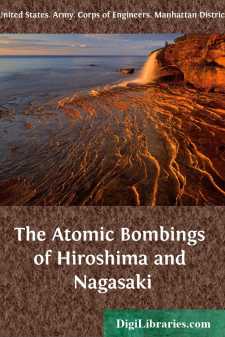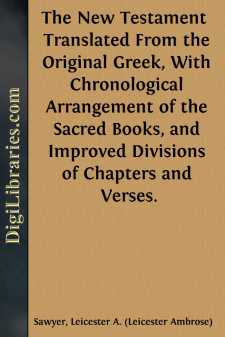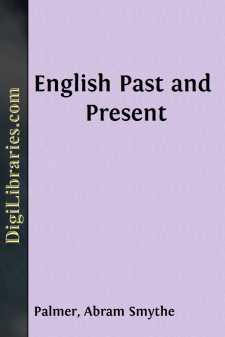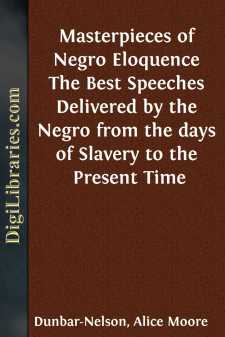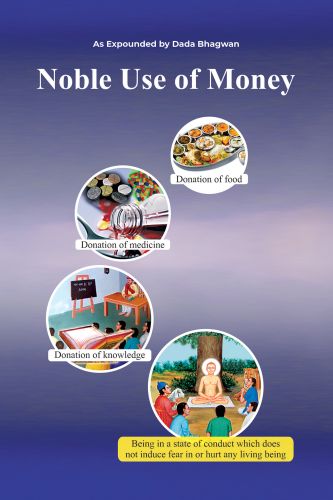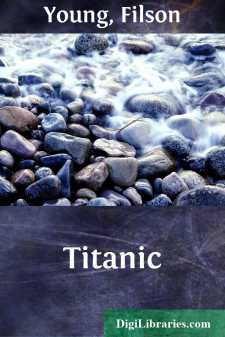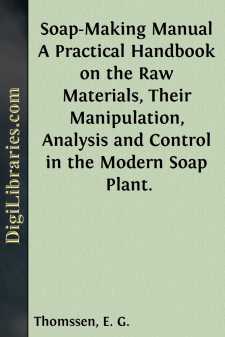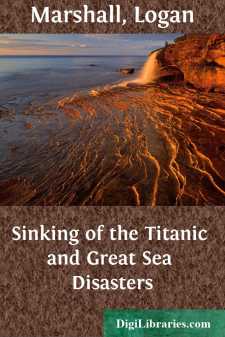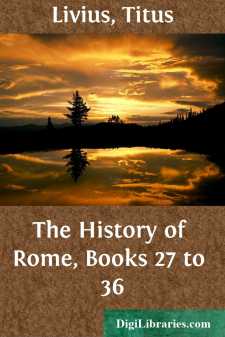Categories
- Antiques & Collectibles 13
- Architecture 36
- Art 48
- Bibles 22
- Biography & Autobiography 813
- Body, Mind & Spirit 142
- Business & Economics 28
- Children's Books 17
- Children's Fiction 14
- Computers 4
- Cooking 94
- Crafts & Hobbies 4
- Drama 346
- Education 46
- Family & Relationships 57
- Fiction 11829
- Games 19
- Gardening 17
- Health & Fitness 34
- History 1377
- House & Home 1
- Humor 147
- Juvenile Fiction 1873
- Juvenile Nonfiction 202
- Language Arts & Disciplines 88
- Law 16
- Literary Collections 686
- Literary Criticism 179
- Mathematics 13
- Medical 41
- Music 40
- Nature 179
- Non-Classifiable 1768
- Performing Arts 7
- Periodicals 1453
- Philosophy 64
- Photography 2
- Poetry 896
- Political Science 203
- Psychology 42
- Reference 154
- Religion 513
- Science 126
- Self-Help 84
- Social Science 81
- Sports & Recreation 34
- Study Aids 3
- Technology & Engineering 59
- Transportation 23
- Travel 463
- True Crime 29
The Atomic Bombings of Hiroshima and Nagasaki
Description:
Excerpt
FOREWORD
This report describes the effects of the atomic bombs which were dropped on the Japanese cities of Hiroshima and Nagasaki on August 6 and 9, 1945, respectively. It summarizes all the authentic information that is available on damage to structures, injuries to personnel, morale effect, etc., which can be released at this time without prejudicing the security of the United States.
This report has been compiled by the Manhattan Engineer District of the
United States Army under the direction of Major General Leslie R.
Groves. Special acknowledgement to those whose work contributed
largely to this report is made to:
The Special Manhattan Engineer District Investigating Group,
The United States Strategic Bombing Survey,
The British Mission to Japan, and
The Joint Atomic Bomb Investigating Group (Medical). and particularly to the following individuals:
Col. Stafford L. Warren, Medical Corps, United States Army, for his evaluation of medical data,
Capt. Henry L. Barnett, Medical Corps, United States Army, for his evaluation of medical data,
Dr. R. Serber, for his comments on flash burn,
Dr. Hans Bethe, Cornell University, for his information of the nature of atomic explosions,
Majors Noland Varley and Walter C. Youngs, Corps of Engineers, United
States Army, for their evaluation of physical damage to structures,
J. 0. Hirschfelder, J. L. Magee, M. Hull, and S. T. Cohen, of the Los
Alamos Laboratory, for their data on nuclear explosions,
Lieut. Col. David B. Parker, Corps of Engineers, United States Army, for editing this report.
Statement by the President of the United States: "Sixteen hours ago an American airplane dropped one bomb on Hiroshima, Japan, and destroyed its usefulness to the enemy. That bomb had more power than 20,000 tons of T.N.T. It had more than two thousand times the blast power of the British Grand Slam, which is the largest bomb ever yet used in the history of warfare".
These fateful words of the President on August 6th, 1945, marked the first public announcement of the greatest scientific achievement in history. The atomic bomb, first tested in New Mexico on July 16, 1945, had just been used against a military target.
On August 6th, 1945, at 8:15 A.M., Japanese time, a B-29 heavy bomber flying at high altitude dropped the first atomic bomb on Hiroshima. More than 4 square miles of the city were instantly and completely devastated. 66,000 people were killed, and 69,000 injured.
On August 9th, three days later, at 11:02 A.M., another B-29 dropped the second bomb on the industrial section of the city of Nagasaki, totally destroying 1 1/2 square miles of the city, killing 39,000 persons, and injuring 25,000 more.
On August 10, the day after the atomic bombing of Nagasaki, the Japanese government requested that it be permitted to surrender under the terms of the Potsdam declaration of July 26th which it had previously ignored.
THE MANHATTAN PROJECT ATOMIC BOMB INVESTIGATING GROUP
On August 11th, 1945, two days after the bombing of Nagasaki, a message was dispatched from Major General Leslie R....


